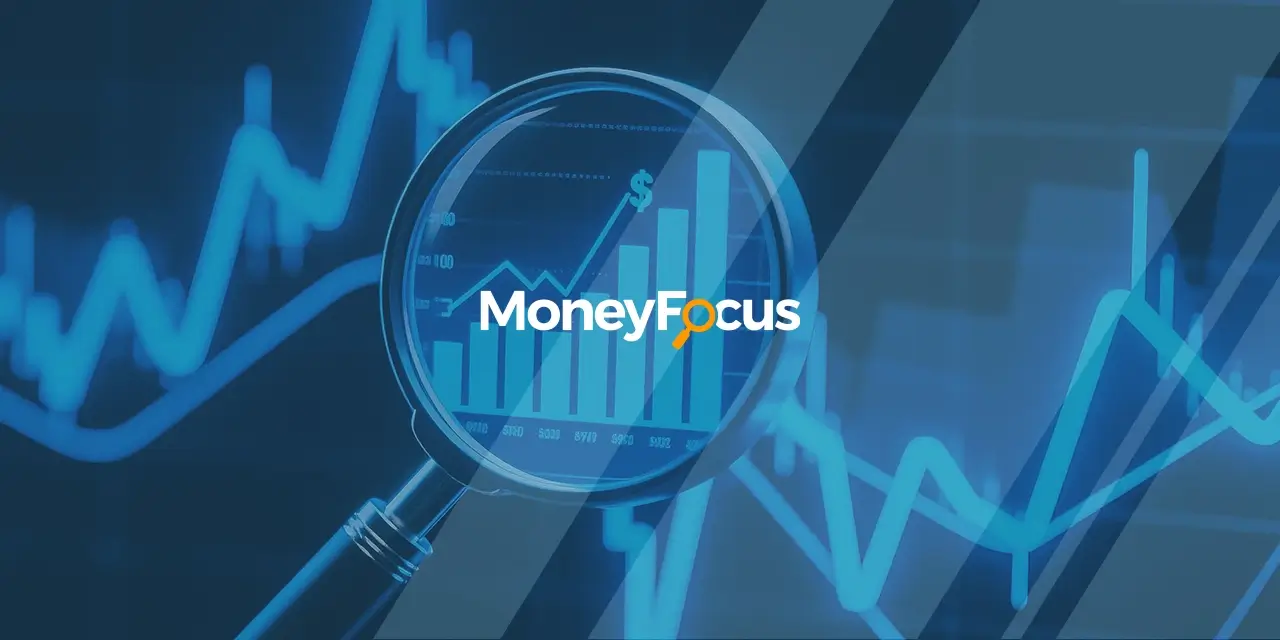By Harvest ETFs
The Canada Pension Plan (CPP) serves to provide eligible Canadians over the age of 60 with monthly income as a “modest financial foundation” during their retirement. That income is called the “CPP benefit” but is often referred to as “CPP payments” or “CPP income.” It is meant to be combined with old age security (OAS) and a retiree’s savings and other income to fund a retirement which could last for 30 years or more.
Despite the established importance of CPP benefits for Canadians in retirement, many individuals still have questions about what CPP is, how its benefits are calculated, and what the maximum CPP benefit is. This article will help answer those questions.
How much is the maximum CPP benefit?
Maximum CPP payments—the amount of income you receive monthly from the CPP—will vary based on how long you worked, how much you earned, and how much you contributed to the CPP during your working years.
The Canada Revenue Agency sets a maximum ‘pensionable earnings’ limit under the CPP for each year. Any money earned above that level cannot be included in CPP contributions and does not contribute to CPP income.
The maximum pensionable earnings rate for 2024 has been set at $68,500.
Many Canadians ask how much their income from CPP (CPP benefits) increases each year. That depends on a few factors, most notably inflation. CPP benefits are adjusted in January of each year to meet the cost of living. In 2024, CPP benefits were increased, raising the maximum CPP amount at age 65 to $1,364.60.
This increase in the maximum CPP income payment could help retirees, considering the high rate of inflation. However, due to the varying eligibility for the maximum benefit, and the possibility of declining CPP benefits, retirees may need to look beyond what the government pays if they want to live their retirement dreams.
Can the CPP Enhancement help?
In 2019, the CPP enhancement was introduced to further help Canadians. The CPP enhancement increases contribution rates for employees, employers, and self-employed people by a few tenths of a percent each year. In 2024, the contribution rate will remain 11.9% for self-employed people. That rate is split between employee and employer with each contributing 5.95%.
Those additional enhanced CPP contributions will also result in higher CPP benefits for older Canadians. That increase will be based on how much and for how long you contributed to the CPP enhancement. You can read more about the CPP enhancement here.
After 2024 the government has announced a second, higher CPP contribution limit will be introduced. Which will “allow” individuals to invest an additional portion of their earnings into the CPP. This will not replace the existing earnings limit but serve as a second earnings limit for higher earners. The government estimates that the second earnings limit will be $79,400 in 2025.
Can the CPP Disability benefit help my retirement income?
The CPP disability benefit has some qualities in common with CPP benefits, with a number of key restrictions. Eligible individuals must be under 65 years of age and have made “enough” contributions into the CPP according to the Government of Canada.
Eligible individuals must also have a mental or physical disability that regularly stops them from doing any type of “substantially gainful work.” Or if you have a disability that is long-term and of indefinite duration or is likely to result in death.
There are two types of CPP disability benefits. One is for individuals aged under 65 who have not received CPP retirement benefits. The other is for individuals aged between 60 and 65 and have already been receiving their CPP retirement benefits for more than 15 months or become disabled after starting to receive CPP retirement benefits.
Once an eligible individual turns 65 their CPP disability benefits automatically change to a CPP retirement pension. Therefore, CPP disability benefits cannot provide additional income to your CPP retirement benefits.
When am I eligible for CPP benefits?
Canadians who worked in the country between ages 18 and 70 and contributed to the Canada Pension Plan are eligible for monthly CPP benefits once they turn 60. According to the government of Canada, the standard age to start is 65, but retirees can also wait until they turn 70 to start their benefits.
The longer you wait until turning 70 to activate your CPP, the higher your monthly benefits will be. That amount maxes out at age 70, though, so waiting any longer has no additional benefit.
How are CPP Benefits Calculated?
CPP benefits change over time, at monthly rates based on when you started receiving benefits. The max CPP benefit is determined by your age when you first claim your pension.
If you claim benefits before you turn 65, the benefit amount will drop at a rate of 0.6% for each month you will receive benefits before your 65th birthday. That’s a rate of 7.2% per year up to a maximum of 36% if you start at age 60.
For example, if you started receiving benefits at age 64, you would receive 7.2% less in your monthly benefits.
If you start after age 65, your benefits will increase by 0.7% each month (8.4% per year), up to a maximum increase of 42% if you delay until age 70. Claiming your benefits at age 66, for example, would mean you receive 8.4% more in monthly benefits.
The Canadian Retirement Income Calculator is a useful tool to estimate your CPP benefits.
There are clearly distinct advantages in waiting until age 70 if you can delay it. Nevertheless, that maximum $1,364.60 paid at age 65 would still only be $1,855.33 per month after the 42% increase taken at age 70.
Retirees therefore face two key questions around CPP: how to survive until 70 without necessarily having to work or draw down on savings and how to supplement the modest income CPP provides after they turn 70.
Thankfully, there are investment options that retirees may want to consider.
Retirement income options beyond CPP
For Canadians who want to wait until age 70 to activate their CPP and retirees who are looking to supplement their existing CPP income, it may worth time and effort to consider Equity Income ETFs , as potential solutions for consistent cashflow and market growth opportunity. These ETFs are portfolios of equities—stocks—that are combined with a covered call option writing strategy to deliver monthly cashflow while providing growth potential.
There are also the Enhanced Equity Income ETFs to be considered for those looking for higher income and potential growth with slightly elevated risk ratings relative to the Equity Income ETFs they invest in. And for those looking predominantly for monthly cash flow without much upside for growth, they may want to consider Fixed income ETFs that use covered call strategy.
Harvest ETFs offers these three strategies (Equity Income, Enhanced Equity Income and Fixed Income) check out the links below to learn more. These solutions use covered call option writing to generate income, which is taxed as capital gains not income. That tax efficiency is another benefit for retirees trying to make it to 70 without drawing on their CPP. Harvest ETFs’ use of covered call strategy is a feature that stands out relative to its peers. Harvest ETFs uses a flexible strategy which is evaluated and accessed monthly and has a 15-track record of paying out consistent monthly distributions supported by this strategy.
Retirees who want income that supplements their CPP benefits or pre-retirees who want to activate their CPP benefits at age 70 may want to consider the above solutions. The high annualized yield they generate, paid as tax-efficient monthly cashflow, could help Canadian retirees live well in retirement.
Harvest Income ETFs
Equity
Income ETFs
Enhanced Equity
Income ETFs
Fixed
Income ETFs











